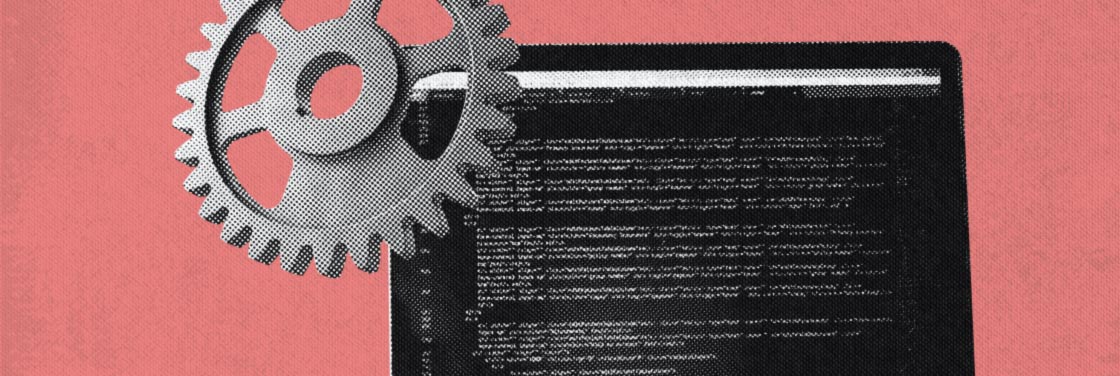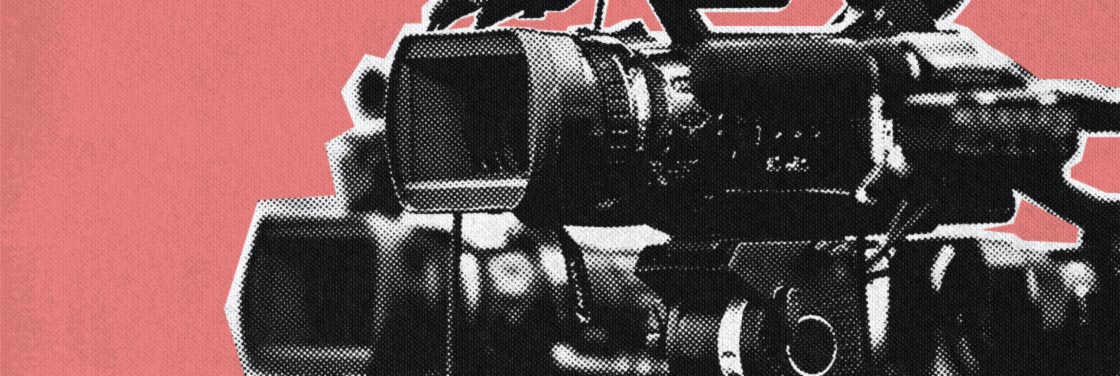We live in an era where information technologies are rapidly advancing and entering all spheres of our lives, and the Internet has become a way for us to connect as well as for work, sharing valuable information, education, and much more. Information can be unique, useful, not free, and is often copyrighted so this leads to problems such as plagiarism, fake news, and distrust. Since most people on Earth use the Internet every day and are constantly sharing information and files without limitations, copyright protection is one of the legal system’s most pressing issues. It seems that we already know exactly where the line is between freely using intellectual property online and infringing intellectual property rights that can lead to liability. But how can we do that effectively?
I’d like to discuss with you how to explore, select, and apply the power of blockchain and Web3 tools when it comes to digital copyright protection, and what relevant tools are now available.
Historic Moment

The situation with intellectual property is very strange because usually technology comes first and then regulation. With intellectual property, it is absolutely the opposite. The Berne Convention for the Protection of Literary and Artistic Works has existed for more than 130 years, but only now, for the first time in history, we have found an effective tool to fulfill intellectual property rights digitally. And this has been made possible thanks to blockchain and IPFS – distributed ledgers in which we can store content in immutable form and guarantee its immutability. This historical upheaval is here to stay.
Blockchain and Web3 are coming to the rescue because they are the future of decentralized computing. Blockchain-based technologies have many characteristics that distinguish them from other computing paradigms, however, their main value lies in the generation of cryptographic truth, i.e., their immutability. This historical break should not be ignored.
How the Process Works

Cryptographic truth is a form of computation and recording that is more accurate, accessible, verifiable, and tamper-proof than existing alternatives. It comes from trust-minimized infrastructure — code that works exactly as programmed because its execution and validation does not depend on trusted strangers or uncontrolled variables.
Blockchain uses cryptography to authenticate data and ensure the chronological order of records, and decentralized consensus to validate new records and leave them unchanged, creating trust minimization. Through this mechanism, processes can be monitored and executed on a verifiably neutral multi-party backend that incentivizes fair governance.
Brief Summary of the Problem for the Media

Plagiarism scandals occur at all levels of digital media, even at the highest one. As a result, the media business can lose up to 75% of traffic and money due to unauthorized copying and thus suffer damage. Probably, users still think that content on the Internet does not belong to anyone, because pixels are immaterial. But as we can see, the rights of pixels on the web can be proven and protected.
IP Concepts: Difference Between Authorship and Intellectual Property

Let us briefly recall the difference between authorship and intellectual property. Authorship rights are non-transferable, arise at the moment of content creation, and do not require registration. Intellectual property (IP) rights are commercial usage rights. If you want to sell the content, you must register or acquire the IP rights. Here is the paradox: registration of authorship is not required, however, in case of litigation, you should provide a whole portfolio of evidence. Nowadays, in order to provide evidence, authors should use such outdated techniques as sending paper copies or complaining afterward on social networks, and that is in the 21st century.
Creating paper evidence under the Berne Convention for the Protection of Literary and Artistic Works (adopted in 1886) is slow and expensive. It is possible to remove the plagiarized content using 2 adoptions of the modern WIPO copyright treaty: DMCA (Digital Millennium Copyright Act) and EUCD (European Union Copyright Directive). The problem, however, is that there are still very few tools to automatically track and create evidence of copyright infringement.
An Overview of the Services

The main problem with the absolute majority of 3/4 generation blockchain services is that they can store metadata and use the blockchain apostille as a foundation. It means that you can upload any text (picture) found on the Internet and get a certificate in your name. This fact shows that the sole use of the technology of storing a hash in a blockchain system does not provide protection against plagiarism. Before issuing a certificate, you need to scan the network for similar content and ensure that it is unique.
For example, Verisart, was the first to apply blockchain to the physical art market and offers its users patented Certificates of Authenticity (Holographic certificates and QR stickers) to protect them from imposters and scams. It adds value, builds trust, and prevents fraud.
With SharpShark’s Web3 copyright protection service, media cannot only protect their content with timestamps, but also recognize and monetize it. The tool can be used at every stage of working with content — from creating to resolving cases of unauthorized use. The user receives digital proof of copyright that complies with modern laws. If content is used without permission, the client is notified in a timely manner, and a dispute resolution process can be initiated.
Copyscape is a duplicate content detection software. It scans the web daily for copies of users’ content and emailing whenever new copies are found. Furthermore, Copyscape offers free plagiarism warning banners for websites to prevent content theft.
Another project, Widevine is a complete digital rights management tool that gives its users the functionality to secure audio and video from infringement. Widevine’s DRM solution provides the capability to license, securely distribute, and protect playback of content on any consumer device.
Publiq not only protects copyrights but also provides the opportunity to receive fair compensation for each use of content, forever. However, it does not check if the content is original. This service runs on the Ethereum Blockchain and supports both content and asset distribution. The stores that use the blockchain contain information about all transactions, specifically tokens mined and transferred, content metadata, content availability in distributed stores, and content statistics.
Deip is the first domain-specific Web3 protocol for tokenization and management of high-value intangible assets. They have developed a unique technology — a system to find consensus among experts on the quality of intangible assets and formalize this information into quantified indicators. These indicators provide an explicit measure of the quality and potential of any intangible asset (such as patents, research, film scripts, human capital, etc.) The Service is not authorized to open a dispute or purchase/sale of goods.
There is no doubt that intellectual property protection is the most important use case in the blockchain industry. The reason is simple — there are not many things in the world that really require immutability of data, and intellectual property is definitely number one. The crypto market may collapse, however, the value of blockchain technology itself and the model of decentralized institutions will remain.
To Summarize

People may share or disseminate information of which they are not the originators, ultimately misleading consumers. Most believe that the responsibility for copyright compliance lies solely with the owners of the Internet resources that provide us with a platform for sharing such files. It was not so long ago that there were no tools to confirm and protect copyright on the Internet. Today, we have a unique mechanism for creating a Web3 standard for proving authorship using blockchain and IPFS that is 100 times cheaper than traditional tools and 100 times faster than creating paper copies. It is censorship resistant and offers unlimited storage. Finally, we can now comply 100% with the EU Parliament’s new legal framework for intellectual property in the digital space, which has been very controversial and generated a lot of protest.
Author: Sasha Ivanova, SharpShark co-founder
Co-Author: Yevgeniia Kurchavova, PR manager




